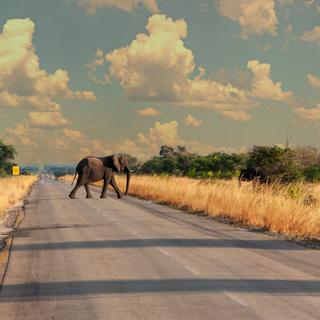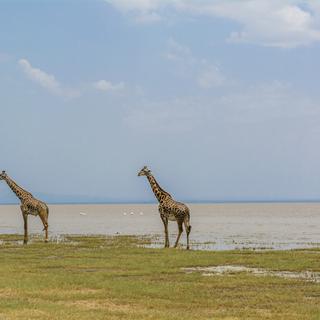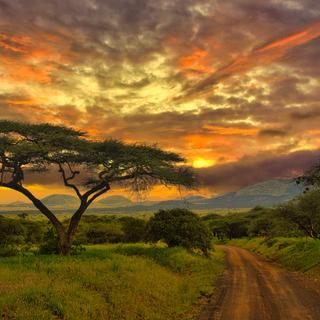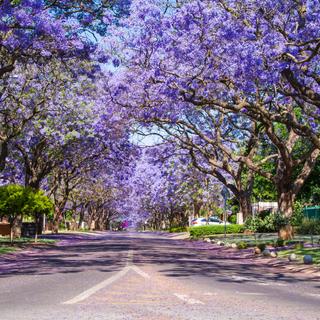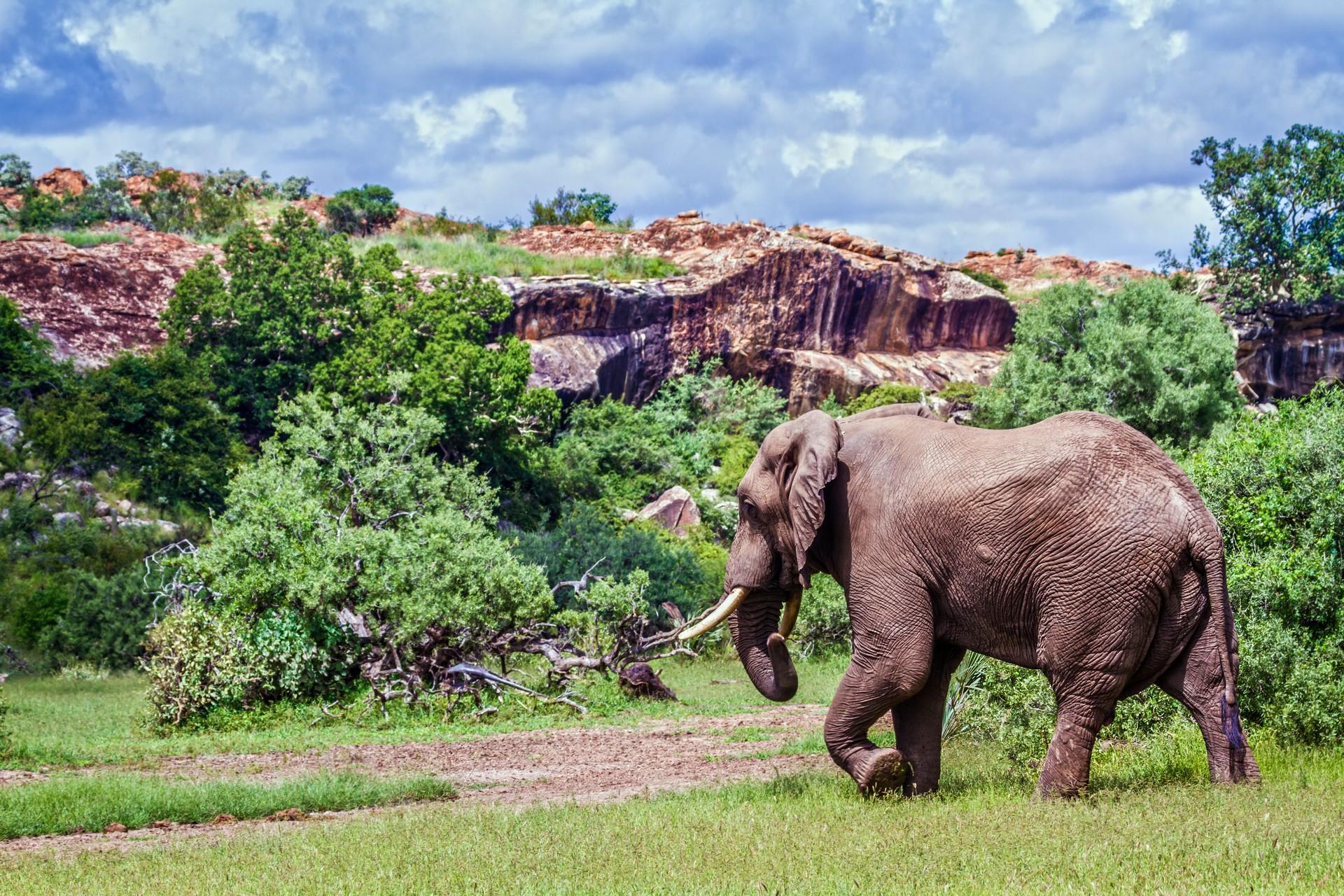
Mapungubwe weather and climate

Mapungubwe weather and climate
Day
25 °C
Night
6 °C
Precipitation
1 mm
in month
Rainy days
1 days
in month
Daylight
11 hours
average
Sunshine
9 hours
average
Humidity
59 %
Weather charts for Mapungubwe

Find more destinations like this
Destinations with similar weather to Mapungubwe
Other destinations in South Africa - National parks
Closest cities for Mapungubwe
Weather overview for Mapungubwe
Weather overview
Located in South Africa, the Mapungubwe region is characterized by its tropical climate, exhibiting temperature swings and fluctuating precipitation patterns throughout the year. On the spectrum of temperatures, daily highs can soar to approximately 34 °C (93 °F) during the warmth of January, dipping to a milder 25 °C (78 °F) in the cooler month of June. With regards to precipitation, August stands out as the driest month, featuring barely 0 days of rainfall, counterbalanced by the wettest month of December, which sees up to 9 days of rain. The range of nocturnal temperatures varies as well, peaking at about 21 °C (70 °F) in January and reaching the lowest point of around 6 °C (42 °F) in July. Mapungubwe's weather is a complex tapestry, woven with varying degrees of humidity, wind speeds, sunshine, and daylight hours, which all play a pivotal role in the region's unique climate.
January weather
In January, Mapungubwe experiences the zenith of its day temperatures, peaking at 34 °C (93 °F), while the night temperatures ascend to their highest at 21 °C (70 °F). An increment in sun hours, now totaling 8 hours, marks the beginning of a sunnier period, coinciding with the peak of rainfall for the year.
February weather
As February arrives, a subtle decline in both day temperatures and precipitation begins in Mapungubwe. The day temperature gently recedes, and the decrease in rainfall totals 56 mm (2.19 in). Concomitantly, there is a noticeable drop in the number of rainy days, and humidity peaks this month.
March weather
The waning of day temperatures continues in March, noted at 32 °C (90 °F), while the descent in night temperatures is initiated, marked at 19 °C (65 °F). The rainy days continue their decline, reflected by the count at 5 days, with concurrent decreases observed in precipitation volumes, now 37 mm (1.46 in).
April weather
April ushers in the threshold of the tourist season in Mapungubwe, with the inception of the arid season. A continued decline in day temperatures is recorded at 30 °C (86 °F), and the trend of descending night temperatures is also observed at 15 °C (60 °F). Rainy days maintain their downward trajectory, amounting to 3 days, alongside a decrease in rainfall measured at 21 mm (0.84 in).
May weather
May sees a continual drop in day temperatures, averaging around 28 °C (82 °F) in Mapungubwe. The tourist season proceeds amid the onset of the dry season. The tapering off of rainy days is apparent with 1 day, parallel to the downward trend in rainfall volume at 6 mm (0.23 in). An increase in sun hours is noticed, now averaging 9 hours.
June weather
June marks the period where the lowest day temperatures are observed, registering at 25 °C (78 °F), while the night temperatures continue their descent, now close to 6 °C (43 °F). The tourist season thrives, and the ongoing dry spell is markedly evident. Daylight hours are at their shortest, noted at 11 hours, and wind speed hits its lower limit, recorded at 2.
July weather
During July, the dry season persists in Mapungubwe, accompanied by the pending tourist season. The nocturnal temperature bottoms out, with the low at 6 °C (42 °F). An increase in sunlit hours can be perceived, tallying 9 hours.
August weather
In August, Mapungubwe's tourist season is in full swing. The fewest rainy days can be counted, at just 0 days, and the scantest rainfall volume is also observed. The trend of rising day temperatures commences, now valued at 28 °C (82 °F), while the rise of night temperatures begins to manifest. The surge in the number of sunny hours is notably observed, reaching 9 hours.
September weather
The surge of the tourist season nearly peaks in September in Mapungubwe. An upward trend in the number of rainy days is noticed, now 1 day, along with a slight increase in rainfall volume at 8 mm (0.30 in). The day temperature ascends parallel to the prior month, indicated at 31 °C (87 °F), and the nocturnal temperatures also progress higher, marked at 13 °C (56 °F). The pinnacle of sun hours is achieved, rated at 9 hours.
October weather
October witnesses the ongoing tourist season in Mapungubwe. The number of rainy days continues to mount, now measured at 4 days, and so does the rainfall, listed at 20 mm (0.78 in). A noticeable increase in day temperatures is recorded at 32 °C (90 °F), with analogous trends seen in the night temperatures, at 17 °C (63 °F). A decrease in the number of sunlit hours begins to surface, notated at 9 hours.
November weather
The ascending pattern of day temperatures continues into November in Mapungubwe, reaching 33 °C (91 °F), and the night temperatures mirror this trend, with an average of 19 °C (67 °F). The number of rainy days proceeds to grow, counted at 8 days, and the increase in rainfall is also seen, recorded at 55 mm (2.18 in). The diminishing number of sun hours is apparent.
December weather
December brings further escalation in day temperatures to Mapungubwe, averaging 34 °C (93 °F), whilst night temperatures also climb, marking 20 °C (67 °F). The apex of rainy days for the year is reached in December. The lowest number of sun hours is encountered, recorded at 8 hours, and the greatest day length within the year is noticeable.
FAQs
What is the average day temperature in Mapungubwe in January?
In January, Mapungubwe typically sees an average daytime temperature of about 34 °C (93 °F).
How much can the temperatures fluctuate in Mapungubwe during February?
During February in Mapungubwe, there is a gradual decrease in temperatures, signaling the transition from the hot summer peaks.
What is the trend of night temperatures in Mapungubwe during March?
In March, night temperatures in Mapungubwe begin to cool, dropping to an average low of about 19 °C (65 °F).
How low does the rainfall get in Mapungubwe during April?
In April, rainfall in Mapungubwe diminishes, with total precipitation around 21 mm (0.84 in).
Is May typically part of the dry season in Mapungubwe?
Yes, May is part of Mapungubwe's dry season, with minimal rainfall and increasing hours of sunshine.
What characterizes the climate of Mapungubwe in June?
June in Mapungubwe is characterized by the lowest day temperatures of the year and noticeable signs of the ongoing dry season.
How does the night temperature in Mapungubwe compare in July?
In July, Mapungubwe experiences its lowest night temperatures of the year, averaging around 6 °C (42 °F).
What amount of rainfall can one anticipate in Mapungubwe during August?
Expect minimal rainfall in August in Mapungubwe, with the month being the driest of the year.
How warm can we expect the days to be in Mapungubwe in September?
September days in Mapungubwe are pleasantly warm, with the temperature moving upward to an average of 31 °C (87 °F).
Is the weather in Mapungubwe hot during October?
Indeed, October in Mapungubwe features hot weather, with daytime temperatures rising noticeably.
Is November a prelude to the rainy season in Mapungubwe?
In fact, November in Mapungubwe signals the approach of the rainy season with a rise in rainfall and wet days.
How high are humidity levels expected to be in Mapungubwe during December?
In Mapungubwe, December is characterized by relatively high humidity, averaging around 61 %.
